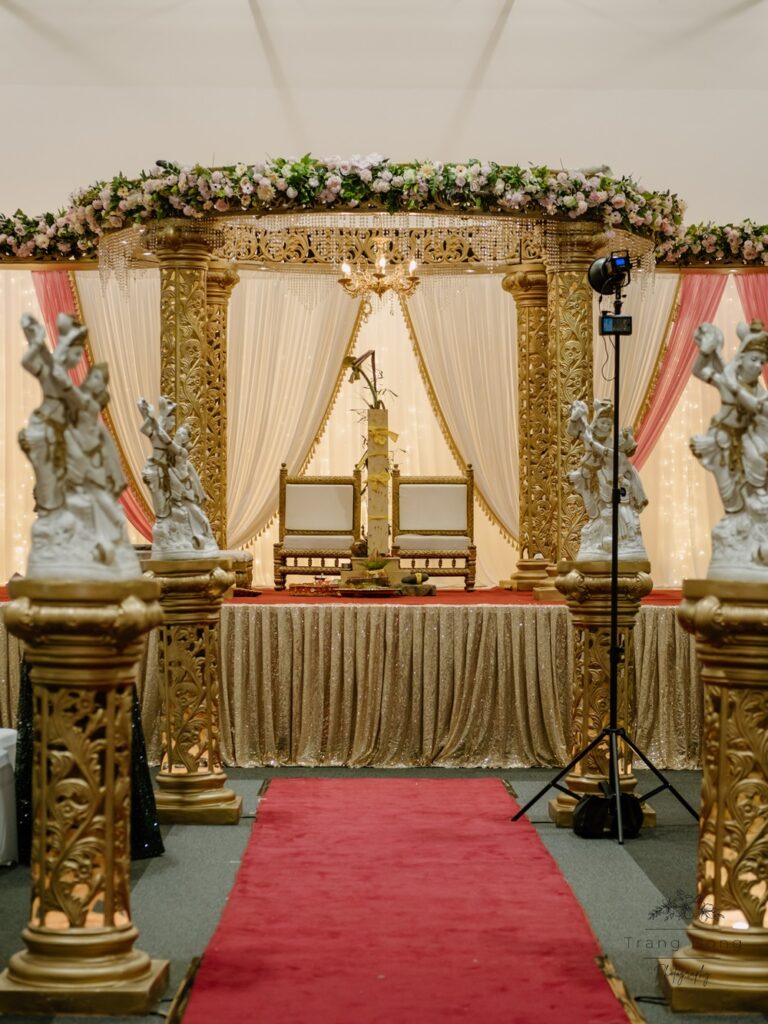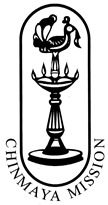 The Hindu wedding ceremony at its core is essentially a Vedic yajna ritual and three key rituals are almost universal: Kanyadana, Panigrahana, and Saptapadi—which are respectively, giving away of his daughter by the father, voluntarily holding hands near the fire to signify union, and taking seven ‘steps. Roka ceremony is considered to be the first step towards the marriage. It is like an official announcement of the consent of both the bride and the groom to get married to each other.
The Hindu wedding ceremony at its core is essentially a Vedic yajna ritual and three key rituals are almost universal: Kanyadana, Panigrahana, and Saptapadi—which are respectively, giving away of his daughter by the father, voluntarily holding hands near the fire to signify union, and taking seven ‘steps. Roka ceremony is considered to be the first step towards the marriage. It is like an official announcement of the consent of both the bride and the groom to get married to each other.
Indian weddings are known for their rich cultural traditions and rituals. Here are some basic rituals commonly observed in Indian weddings:
- Ganesh Puja: This is a ritual that begins all auspicious occasions in Hindu culture. The couple, along with their families, worships Lord Ganesha, the remover of obstacles, to seek his blessings for a successful wedding.
- Mehndi Ceremony: This pre-wedding ritual involves applying henna designs on the hands and feet of the bride. It is usually held at the bride’s residence, where female family members and friends gather to celebrate and adorn their hands with intricate mehndi designs.
- Sangeet: The sangeet ceremony is a joyous event filled with music and dance. Both families come together to celebrate the union by singing traditional wedding songs, performing dances, and enjoying musical performances.
- Haldi Ceremony: The haldi ceremony takes place on the morning of the wedding day. A paste made from turmeric, sandalwood, and other herbs is applied to the bride and groom’s face, arms, and legs. It is believed to cleanse and purify the couple before the wedding.
- Baraat: The baraat is the groom’s wedding procession. The groom arrives at the wedding venue with his family and friends, dancing and celebrating to the beat of traditional music. The procession often includes the groom riding a decorated horse or arriving in a luxurious car.
- Jaimala: During the jaimala ceremony, the bride and groom exchange garlands made of flowers. This ritual symbolizes their acceptance of each other as partners and their willingness to marry.
- Pheras: The pheras are the most important part of an Indian wedding ceremony. The couple circles around a sacred fire seven times, taking vows with each round. Each round represents a specific promise and commitment they make to each other.
- Kanyadaan: Kanyadaan is a significant ritual where the bride’s father gives her away to the groom. It symbolizes the father’s acceptance of the groom as the protector and provider for his daughter.
- Sindoor and Mangalsutra: After the wedding ceremony, the groom applies sindoor (vermilion) on the bride’s hair parting and ties a mangalsutra (sacred necklace) around her neck. These signify that the woman is married and are considered essential symbols of a married Hindu woman.
- Reception: The wedding concludes with a reception, where the newlywed couple receives blessings and congratulations from their family and friends. It is a time of celebration, with food, music, and dancing.
Please note that these rituals can vary based on regional customs and personal preferences. Indian weddings are diverse, and different communities have their unique customs and traditions.
